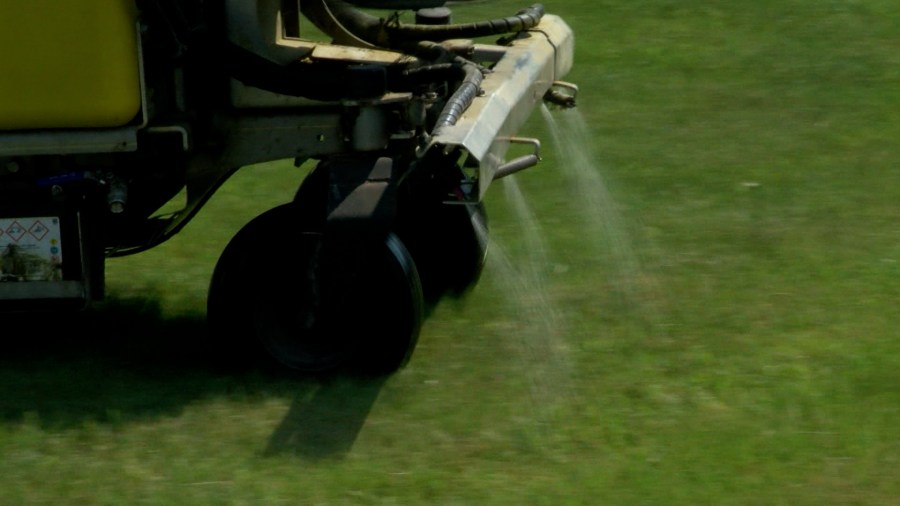SIOUX FALLS, S.D. (KELO) — The mosquito population is booming right now because of the heavy rains and flooding in June.
This week the South Dakota Department of Health confirmed the first human West Nile Virus case of the 2024 season in a resident of Beadle County. Generally, August is when we see the most cases of West Nile virus in KELOLAND. Symptoms can range from mild to severe. With mild symptoms, you may feel like you have the flu—fever, body aches, fatigue, and sometimes diarrhea and vomiting. If you get a stiff neck or a severe headache along with your symptoms, it’s time to see your doctor.
“In bad cases, it actually causes meningitis, or encephalitis, which can cause nerve problems and brain damage and these types of things, and so it can be really serious,” said Dr. David Basel.
The good news is that those cases are one in a hundred. Seventy to 80 percent of people who are infected with the West Nile Virus won’t even know it because they won’t have any symptoms at all. Our bodies will fight it off. There is more good news when it comes to West Nile in KELOLAND.
“These flood mosquitoes are actually a different species than the species that tend to carry West Nile,” said Basel. “So we are hopeful that we are not going to see a big increase in West Nile cases with all of this mosquito activity that we are seeing from the flood.”
The leading carrier of West Nile virus is the Culex tarsalis mosquito, which mainly feeds during the early morning and evening hours and thrives in hot and dry conditions. The state health department traps mosquitoes and monitors them for viruses. West Nile symptoms occur 3 to 14 days after being bitten by an infected mosquito. Since the virus first emerged in South Dakota in 2001, it has killed 46 people.


